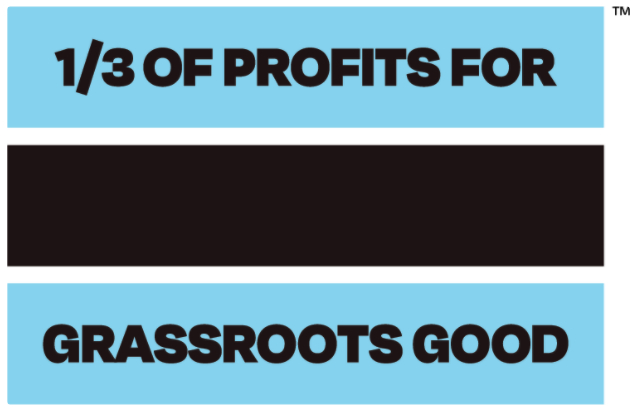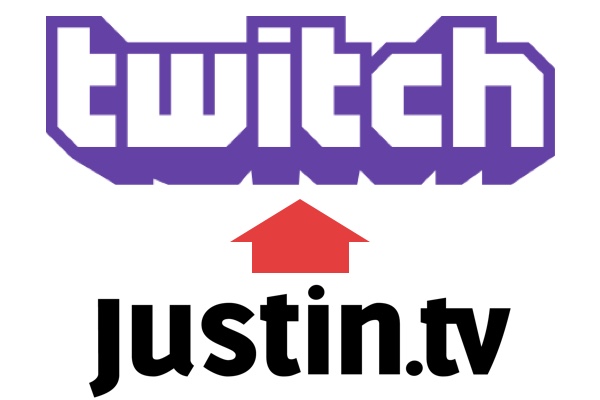
In order to grow, every brand has to evolve over time. The triggers for that evolution come from internal changes to your business as well as external changes in the world around you. The challenge comes from deciding how much your brand needs to evolve to maximize new growth.
To help determine whether your brand needs some light tweaking or a major overhaul, we can start with a few basic questions:
-
- How long has it been since you made significant updates to your brand strategy? (i.e. a full brand evaluation beyond normal, regular iterations)
- How much has your business and strategy changed since your last big brand update? (i.e. purpose, mission, positioning, offerings, internal culture, etc.)
- How much has the market evolved since your last big brand update? (i.e. customer needs, competitive landscape, technology advancements, etc.)
Score each of those categories on a scale of 1-5, with 1 being the shortest/lowest value and 5 being the longest/highest value.
What’s your total score?
While it’s not an exact science, generally speaking the higher your score, the deeper the rebranding work should be.
To classify the depth and potential impact of the work, we can look at three levels of a rebranding strategy:
- Brand Refresh (Score: 3-6)
- Rebrand (Score: 7-12)
- Full Brand Transformation (Score: 13-15)
(Caveat: a score of 4-5 in any one of the categories above may be reason to bump up an entire level)
While each of these levels involves increasingly more work, they also represent an increase of growth potential of the business. The whole point of investing in a rebrand in the first place is to create that growth through clarity of your internal direction and increased strength and volume of your customer relationships.
To make it easier to wrap our heads around the three levels of rebranding strategy and understand the depth of each one, we can compare the process to upgrades on a house.
Compare Rebranding Levels: The House Analogy

No matter what your living situation is, we’ve all seen or been a part of home improvement projects. Like working on a business, we invest in our homes to increase their value.
Sometimes that value is to make our own living conditions better, sometimes it’s to increase the value perceived by others, or both.
But there’s a wide range of effort and impact that goes into those home improvements.
Using that house analogy, let’s look at the three levels of rebranding strategies listed above to compare and contrast the depth of each one.
Brand Refresh: A New Coat Of Paint

A brand refresh is the most superficial level of update you can make to your brand.
Like a coat of paint on a home, it tends to be more about improvements of design and aesthetics. And also like a fresh coat of paint, the triggers for a refresh are often tied to time.
As a home ages, the interior and exterior can dull or fall out of alignment with trends. As a brand ages, the look and feel can get disconnected from customer expectations.
Customers don’t judge your brand in a vacuum. Their perception gets influenced by everything else they see in your competitive space as well as the larger marketing world.
If your brand falls too far out of alignment with these shifts, it’s easy for customers to perceive your brand as being out-of-step, less relevant, and in turn, lower in value.
A brand refresh can also address updates to key marketing messages. The tone and message of your brand may lose resonance over time. A refresh can help realign your value with new or potentially younger audience segments.
So, while a brand refresh may lean more superficial, improving your relevance and alignment can still return critical value.
Brand Refresh Example:
A recent example of a standard brand refresh came from the appointment booking app, Calendly.
After 8 years, they decided to shift from their very functional brand identity to something more modern and sophisticated. They felt this better captured their value of providing structure to our ever-changing work and personal lives.

While the identity and some messaging got a refresh, the core of the brand’s offering, strategy, and positioning stayed roughly the same.
Questions to see if you need a Brand Refresh:
- Has it been at least 2 years since you updated the visual presence of your brand? (i.e. colors, typography, imagery)
- Is your tone and messaging less relevant for your existing customer base and potential new segments? (i.e. growth and conversions have slowed, sales cycles getting longer, etc.)
- Is the core of your brand’s strategy and positioning solid and still supporting your goals for growth? (i.e. a refresh would be sufficient)
If you’re not sure about that last question in particular, it may be time to consider the next level: Rebrand.
Rebrand: The Home Remodel

When growth goals have increased or larger business changes have occurred, a true rebrand may be in order.
Using the house analogy, this is like a remodel. Maybe it’s converting a bedroom into a home office, adding another bathroom, or upgrading those dated kitchen cabinets and unreliable appliances.
A rebrand gets triggered in the same way. You’ve outgrown the old and need to redefine the space to align with where you’re headed.
These types of changes go beyond the advancement of time. They signal real shifts around your internal strategy or external market demands.
Rebrand Examples:
At Map & Fire we recently worked with a technology services company that had significant growth over its 17 year existence. Over that time, their strategy shifted as well.
Rather than simply providing development services, their identity shifted into being a digital transformations agency. The rebrand centered around elevating their place in the market while still maintaining the essence of their high-touch customer care.
A company that went through a similar shift around internal strategy is TOMS shoes.
They unveiled a strategic rebrand for their 15 year anniversary that moved them away from the famous “buy-one-give-one” shoe donation model they built their reputation on.
As the market has evolved, competitors like Skechers copied this model and reduced its novelty and impact. TOMS also recognized that there were new ways to promote social change that felt more relevant in today’s market.
In support of this, they launched a program to donate one-third of their net profits to a variety of organizations, called Grassroots Good.

From a strategic perspective, this program allows them to directly contribute to needs of building equity in communities. This includes, in their own words, “promoting mental health, ending gun violence, and increasing access to opportunity”.
Questions to see if you need a Rebrand:
- Has there been a significant shift or period of evolution in your internal strategy and positioning? (i.e. focus on new customer segments, development of new offerings, change of purpose and mission, etc.)
- Have there been shifts around the market and customer needs? (i.e. new or more sophisticated challenges have emerged, perceptions have evolved, etc.)
- Are there new competitive solutions impacting your market share? (i.e. technological advancements, copycat offerings, increased commoditization, etc.)
If all these are true and they’re happening on a significant level, then it may be time to consider the final level: Brand Transformation.
Full Brand Transformation: Stripping The House Down To the Studs

Sometimes, a brand requires so much change that it needs to take on a completely new form.
Using our house analogy, this is equivalent to stripping things down to the studs.
In other words, there are still some internal structural aspects of the business to retain, but everything else is on the table for change.
With a full brand transformation everything from the brand’s purpose, to positioning, to identity, to messaging, and even its name may be new.
Full Brand Transformation Examples:
A perfect example of this at Map & Fire came from one of our clients that looked to elevate its core product line into a more premium space.
The offering itself didn’t need to change. It was already a premium-level product.
But all the attributes of the brand and its positioning led customers to perceive it as an economy-level option.
We kept the product line intact, and focused on elevating everything else around it.
Utilizing customer research we were able to refocus and refine the positioning, identity, packaging, and name to align with this totally new customer segment.
Another famous example of a full brand transformation came from the video game streaming company, Twitch.
Twitch started in 2007 as the life-casting company Justin.tv. It centered around allowing people to stream their day-to-day lives to viewers on the internet.
After 4 years and many failed attempts to monetize the platform, they discovered the niche segment that would save the company — people streaming themselves playing video games.
They spent the next few years building around this segment of the business. Finally, In 2014, Justin.tv dissolved and Twitch became the new fully transformed brand.

The core technology of the platform stayed the same, but the entire focus, positioning, identity, and name were all new.
And it was this new form that Amazon acquired for $970 million.
Questions to see if you need a Full Brand Transformation:
- Has there been such a significant shift to your internal strategy, the external market, or both that your brand requires total reinvention? (i.e. it’s better to create intentional separation from the old brand)
- Is there still some central component of the brand that will sustain as the throughline from the old brand to the new one? (i.e. this still qualifies as a brand transformation, not starting a new company from scratch)
Which Level of Rebranding Strategy Fits Your Situation?
Like a home improvement project, you need to be clear about the purpose and desired outcomes behind a rebrand.
Your brand is a relationship with customers, so a rebrand always involves some risk. You’re intentionally changing some aspect of the established connection between your brand and your audience.
With that in mind, it’s important to understand how deep the rebranding process should go. Which elements should stay in place to maintain consistency and which should evolve to strengthen and expand new customer connections?
By clarifying the factors around time, shifts of internal strategy, and shifts in the market, you can go into a rebranding process with a clear purpose and come out the other side with stronger alignment for future growth.

Get Help Creating New Growth With A Rebrand
If you’re ready to build stronger connections with your customers, reach out for a free consultation. We’ll help you transform your best business thinking into an actionable, shareable, growth-oriented guide. Click below to learn more about the Brand Guidebook process.

